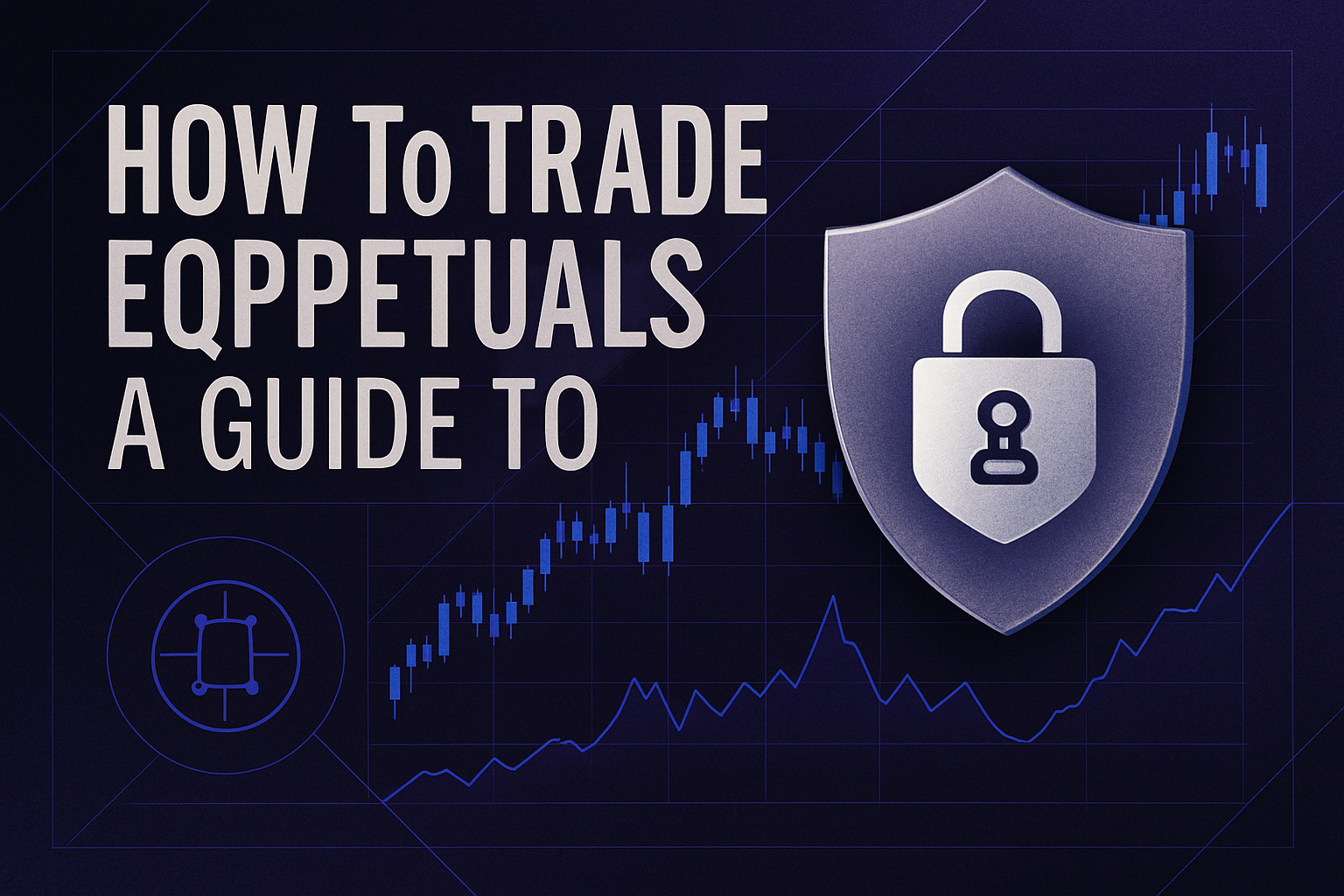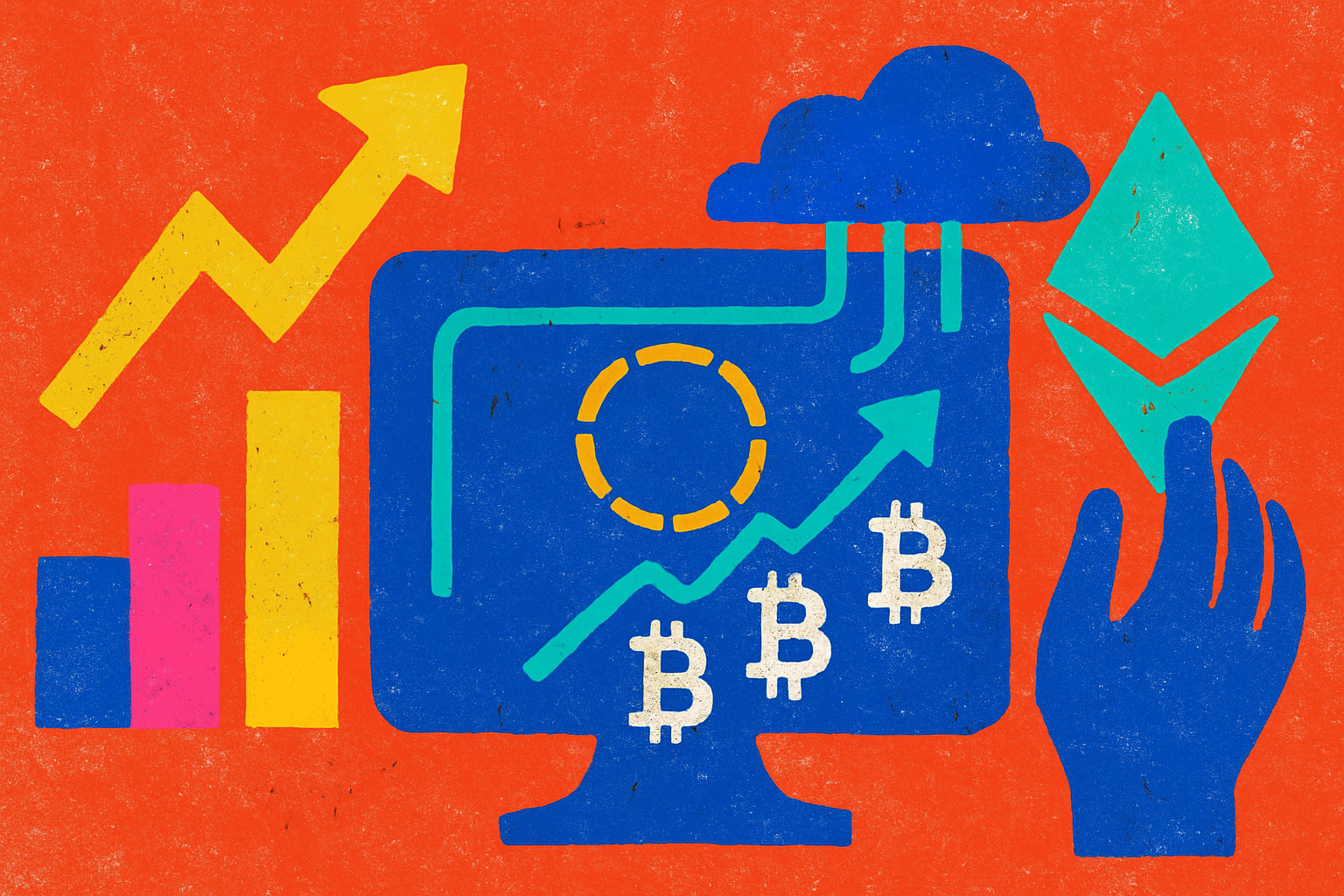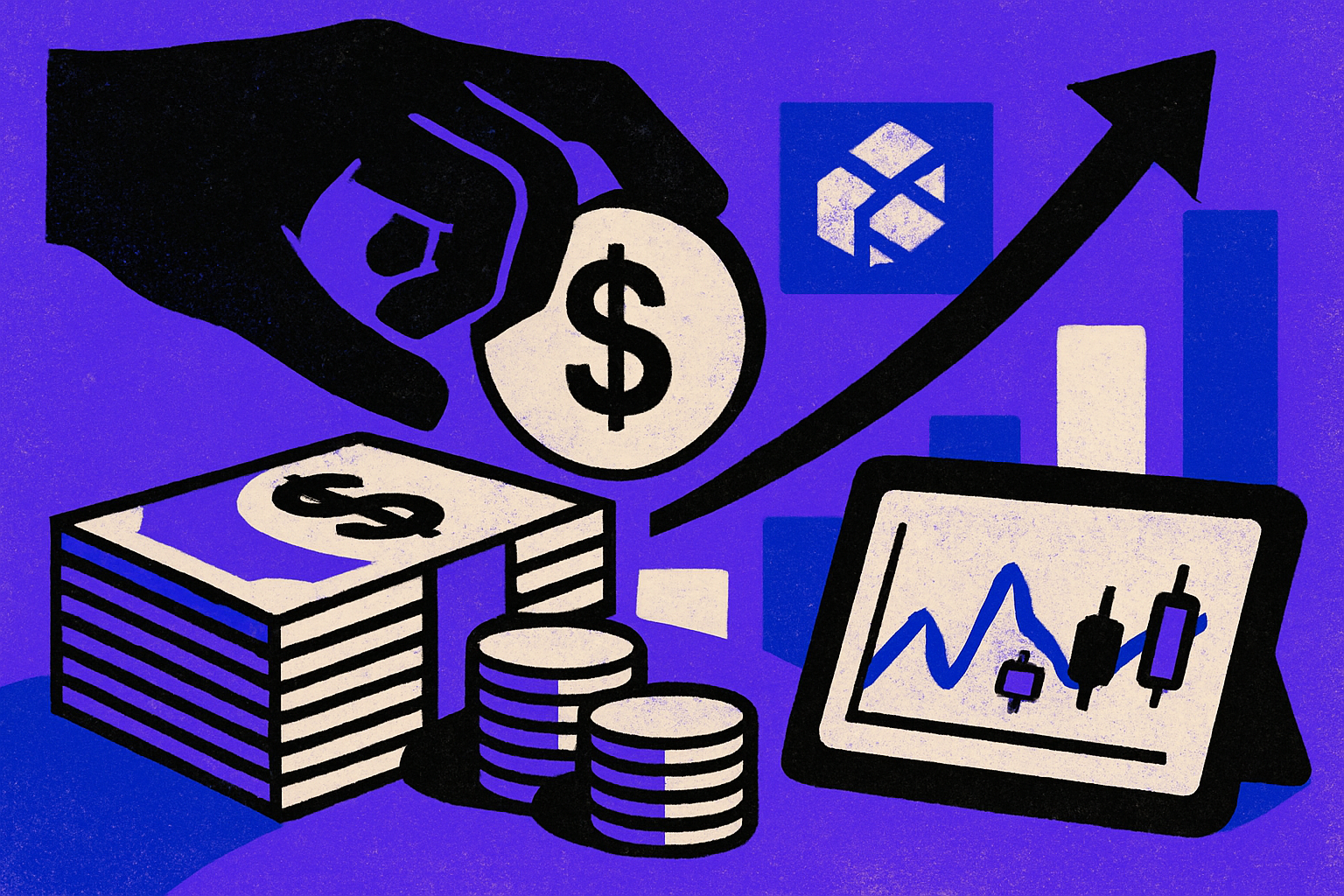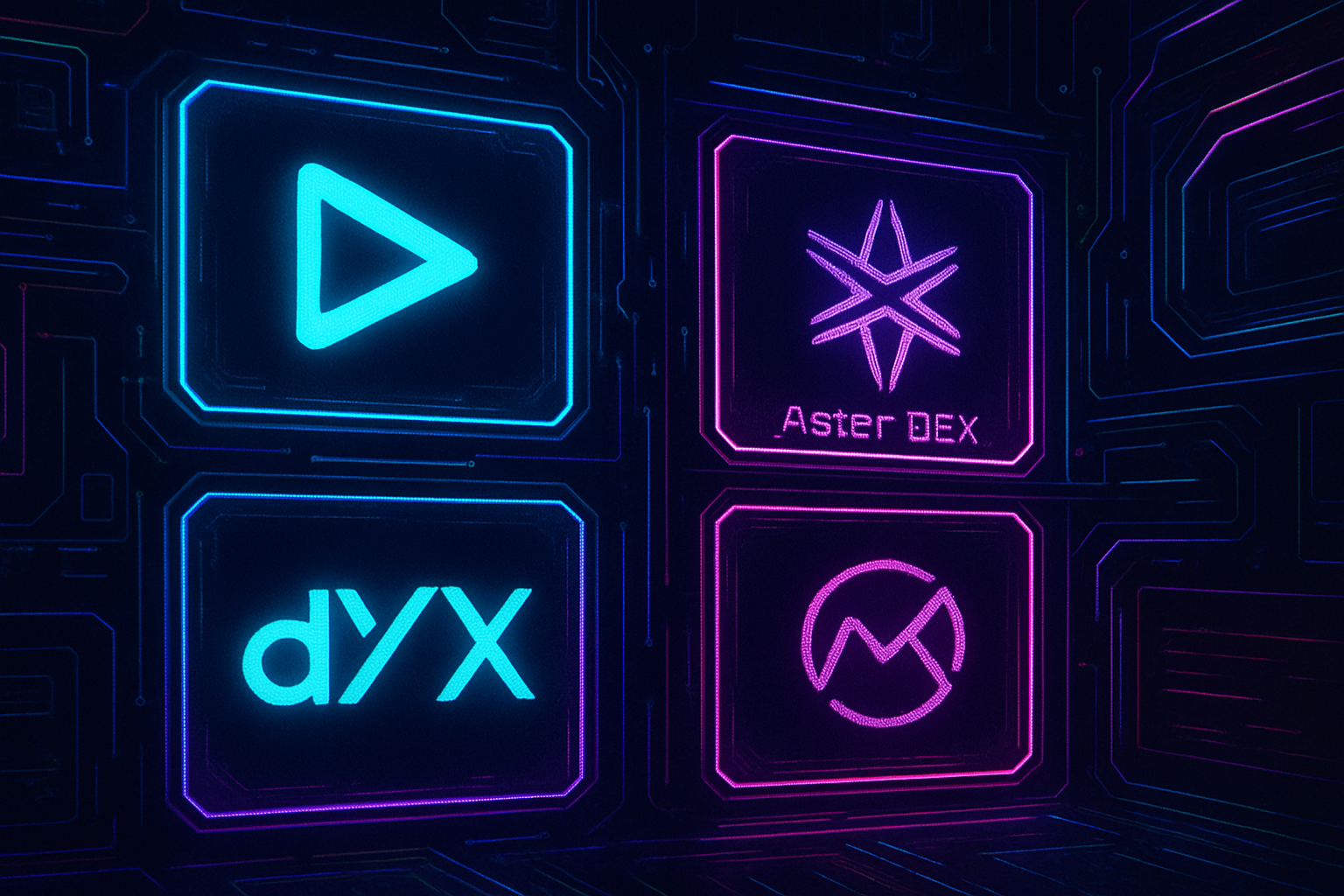
Perpetual DEXs are having a moment. As the DeFi ecosystem matures, the conversation has shifted from speculative token emissions to sustainable, protocol-driven rewards. The new gold standard? Real yield paid directly to native token holders, with fee distribution models that actually reflect trading activity, not just inflation. But how do leading platforms like Hyperliquid, Aster DEX, dYdX, and MYX Finance structure these rewards? Let’s break down how these Perp DEXs are setting the pace for institutional-grade DeFi returns.
Fee Distribution: The Engine Behind Perp DEX Native Token Yields
Unlike traditional exchanges where profits accrue to shareholders or centralized teams, perpetual DEXs redistribute a portion of their trading fees back to the community, specifically, to those staking or holding their native tokens. This model aligns incentives across users and protocol growth. Here’s why it matters: as trading volumes surge (especially during market volatility), the pool of distributable fees grows, directly impacting yield potential for token holders.
The current market landscape is fiercely competitive. According to recent data, Hyperliquid’s TVL is around $2.7 billion, and its innovative fee-sharing system offers up to a 0.1% perpetual trading fee and a 1% spot trading fee. Meanwhile, new entrants like Aster DEX are experimenting with aggressive airdrop-based tokenomics and long-tail vesting schedules to bootstrap liquidity and reward early adopters.
6-Month Price Performance of Perp DEX Native Tokens
Side-by-side comparison of Hyperliquid, Aster DEX, dYdX, and MYX Finance native tokens, highlighting recent and historical price performance (as of 2025-09-28)
| Asset | Current Price | 6 Months Ago | Price Change |
|---|---|---|---|
| Hyperliquid (HL) | $13.49 | $12.95 | +4.2% |
| Aster DEX (ASTER) | $1.94 | $1.84 | +5.4% |
| dYdX (DYDX) | $0.6038 | $0.5830 | +3.6% |
| MYX Finance (MYX) | $14.20 | $10.42 | +36.2% |
Analysis Summary
Among the major Perp DEX native tokens, MYX Finance (MYX) stands out with a significant 36.2% price increase over the past six months. Hyperliquid (HL), Aster DEX (ASTER), and dYdX (DYDX) all posted modest gains between 3.6% and 5.4%, reflecting the broader market’s cautious optimism and steady growth in the sector.
Key Insights
- MYX Finance (MYX) outperformed all other compared assets with a 36.2% gain, indicating strong market momentum or protocol-specific catalysts.
- Hyperliquid (HL), Aster DEX (ASTER), and dYdX (DYDX) each showed modest growth, consistent with the overall trend of moderate appreciation in the Perp DEX sector.
- No asset in this comparison experienced a negative 6-month performance, underscoring general market resilience among leading Perp DEX tokens.
This comparison uses real-time price data sourced directly from CoinGecko and CoinMarketCap as of 2025-09-28. Each asset’s current price and price from six months ago are listed exactly as reported, and the 6-month price change is calculated based on these figures.
Data Sources:
- Main Asset: https://preprod.coingecko.com/en/coins/hyperliquid
- dYdX: https://preprod.coingecko.com/en/coins/dydx-ethdydx
- MYX Finance: https://coinmarketcap.com/cmc-ai/myx-finance/price-analysis/
- Aster DEX: https://www.coingecko.com/en/coins/aster-2/btc
- Bitcoin: https://www.coingecko.com/en/coins/bitcoin
- Ethereum: https://www.coingecko.com/en/coins/ethereum
- GMX: https://www.coingecko.com/en/coins/gmx
- Gains Network: https://www.coingecko.com/en/coins/gains-network
Disclaimer: Cryptocurrency prices are highly volatile and subject to market fluctuations. The data presented is for informational purposes only and should not be considered as investment advice. Always do your own research before making investment decisions.
How Hyperliquid Rewards Builders and Stakers
Hyperliquid stands out by pioneering its “Builder fee-sharing system”: a model that not only incentivizes traders but also rewards ecosystem contributors who build on top of its protocol. Here’s how it works:
- Trading Fees: Up to 0.1% on perps and 1% on spot trades are collected by the protocol.
- Fee Redistribution: A portion of these fees is shared with builders (developers who create value-add tools or integrations) as well as stakers of the native HLP token.
- Yield Integration: Traders can use yield-bearing assets like asBNB as margin, earning a base yield of 5-7% while they trade. This dual-yield mechanism attracts sophisticated users looking for capital efficiency.
This approach has helped Hyperliquid attract deep liquidity pools and foster an active builder community, both critical ingredients for long-term sustainability in DeFi. Source: Bitget – PerpDEX Shakeup Moment
Aster DEX: Next-Gen Fee Sharing Meets Delta-Neutral Strategies
Aster DEX is making waves with a hybrid approach that blends classic fee sharing with innovative delta-neutral strategies under the hood. Their tokenomics are designed for both immediate impact and long-term alignment:
- Airdrop Distribution: 53.5% of tokens distributed via airdrop; 8.8% unlocked at TGE (September 17,2025); remainder vesting over 80 months.
- Ecosystem Allocation: 30% reserved for ecosystem growth, a substantial war chest aimed at incentivizing builders and liquidity providers over time.
- Sustainable Yield: Weekly profits from delta-neutral trading strategies are distributed to asUSDF stakers, meaning rewards come from actual market activity rather than pure inflation. Source: Datawallet – Aster DEX Review and Tokenomics
This structure not only encourages early participation but also ensures that rewards remain tied to real revenue generation, a key metric institutional traders look for when evaluating sustainable DeFi protocols.
Perp DEX Native Token Price Predictions (HLP, ASTER, DYDX, MYX): 2026-2031
Forecasts for HLP (Hyperliquid), ASTER (Aster DEX), DYDX (dYdX), and MYX (MYX Finance) based on current real yield models and market context
| Year | Token | Minimum Price | Average Price | Maximum Price | Year-over-Year Change (Avg) | Market Outlook |
|---|---|---|---|---|---|---|
| 2026 | HLP | $0.85 | $1.20 | $1.60 | +20% | Yield model attracts liquidity; moderate growth expected |
| 2026 | ASTER | $0.60 | $0.90 | $1.30 | +15% | Gradual unlocks; ecosystem incentives support price |
| 2026 | DYDX | $2.20 | $3.00 | $4.50 | +18% | dYdX v4 adoption; fee distribution supports yield |
| 2026 | MYX | $0.35 | $0.55 | $0.80 | +12% | Early-stage adoption; yield innovation drives interest |
| 2027 | HLP | $1.05 | $1.45 | $2.10 | +21% | Broader DeFi adoption; fee growth continues |
| 2027 | ASTER | $0.80 | $1.10 | $1.70 | +22% | Vesting continues; more liquidity, higher usage |
| 2027 | DYDX | $2.80 | $3.60 | $5.50 | +20% | Increased trading volume; regulatory clarity emerges |
| 2027 | MYX | $0.45 | $0.68 | $1.10 | +24% | Platform maturity; competitive landscape intensifies |
| 2028 | HLP | $1.20 | $1.80 | $2.60 | +24% | Optimized fee models; institutional interest grows |
| 2028 | ASTER | $1.00 | $1.35 | $2.10 | +23% | Cross-chain expansion fuels adoption |
| 2028 | DYDX | $3.40 | $4.40 | $6.80 | +22% | Leader in Perp DEX sector; strong real yield |
| 2028 | MYX | $0.60 | $0.90 | $1.40 | +32% | Niche yield products gain traction |
| 2029 | HLP | $1.00 | $1.50 | $2.10 | -17% | Possible market correction; DeFi consolidation |
| 2029 | ASTER | $0.90 | $1.20 | $1.90 | -11% | Unlock pressure; competition increases |
| 2029 | DYDX | $2.60 | $3.60 | $5.50 | -18% | Regulatory headwinds; cyclical downturn |
| 2029 | MYX | $0.45 | $0.70 | $1.10 | -22% | Bearish sentiment; low trading activity |
| 2030 | HLP | $1.25 | $1.90 | $2.90 | +27% | Market recovery; new product launches |
| 2030 | ASTER | $1.15 | $1.60 | $2.60 | +33% | Ecosystem integrations; TVL rebounds |
| 2030 | DYDX | $3.40 | $4.80 | $7.50 | +33% | Adoption of onchain derivatives; global expansion |
| 2030 | MYX | $0.65 | $1.00 | $1.60 | +43% | Protocol upgrades; new yield strategies |
| 2031 | HLP | $1.40 | $2.30 | $3.50 | +21% | Sustained growth; DeFi mainstream adoption |
| 2031 | ASTER | $1.30 | $1.90 | $3.00 | +19% | Full vesting; mature DeFi utility |
| 2031 | DYDX | $4.20 | $5.60 | $8.20 | +17% | dYdX cements leadership; cross-ecosystem composability |
| 2031 | MYX | $0.80 | $1.30 | $2.00 | +30% | Broader user base; diversified revenue streams |
Price Prediction Summary
Perp DEX native tokens are projected to experience steady growth through 2031, driven by real yield fee-sharing models, ecosystem expansion, and broader DeFi adoption. Market volatility and periodic corrections are expected, but the overall outlook remains bullish, especially for established protocols like DYDX. Newer tokens like ASTER and MYX offer higher risk-reward profiles, while HLP stands out for its innovative fee integration. Investors should anticipate both bullish and bearish cycles, with real yield and sustainable tokenomics being key differentiators.
Key Factors Affecting dYdX Price
- Growth of DeFi and perpetual trading volumes
- Sustainability and competitiveness of fee distribution models
- Token unlock schedules and vesting impacts
- Regulatory developments and global compliance
- Technological innovation (e.g., onchain yield, composability)
- Market cycles and macroeconomic trends
- Ecosystem integrations and product expansion
Disclaimer: Cryptocurrency price predictions are speculative and based on current market analysis.
Actual prices may vary significantly due to market volatility, regulatory changes, and other factors.
Always do your own research before making investment decisions.
dYdX and MYX Finance: Pushing Fee Redistribution Further
How Top Perp DEXs Distribute Real Yield
-
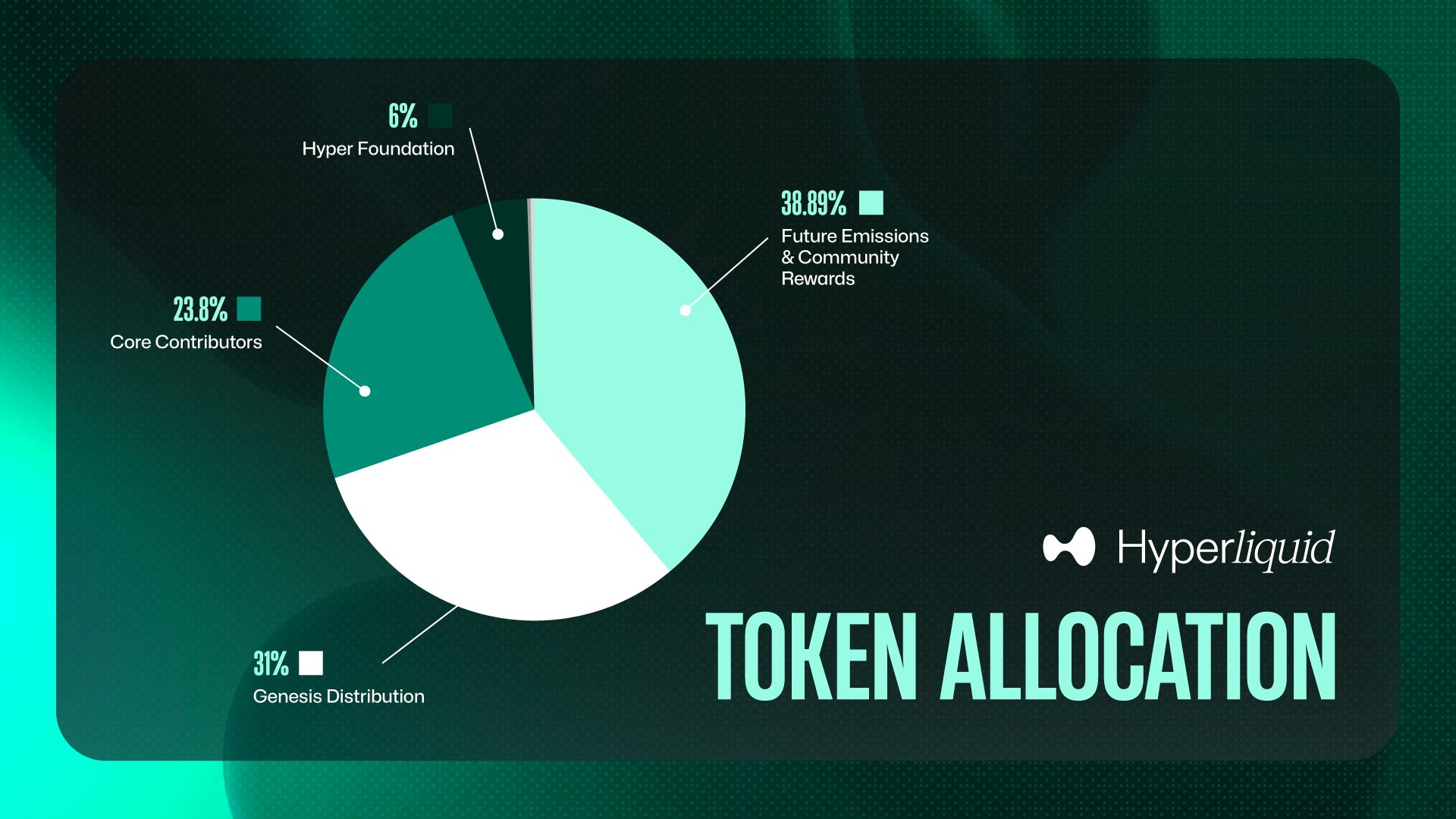
Hyperliquid employs a unique Builder fee-sharing system, redistributing a portion of perpetual and spot trading fees to users who contribute to the platform’s ecosystem. Traders can earn up to 0.1% on perpetual trades and 1% on spot trades. Additionally, Hyperliquid allows users to use yield-bearing assets as margin, letting them earn a base yield (5-7%) while actively trading.
-
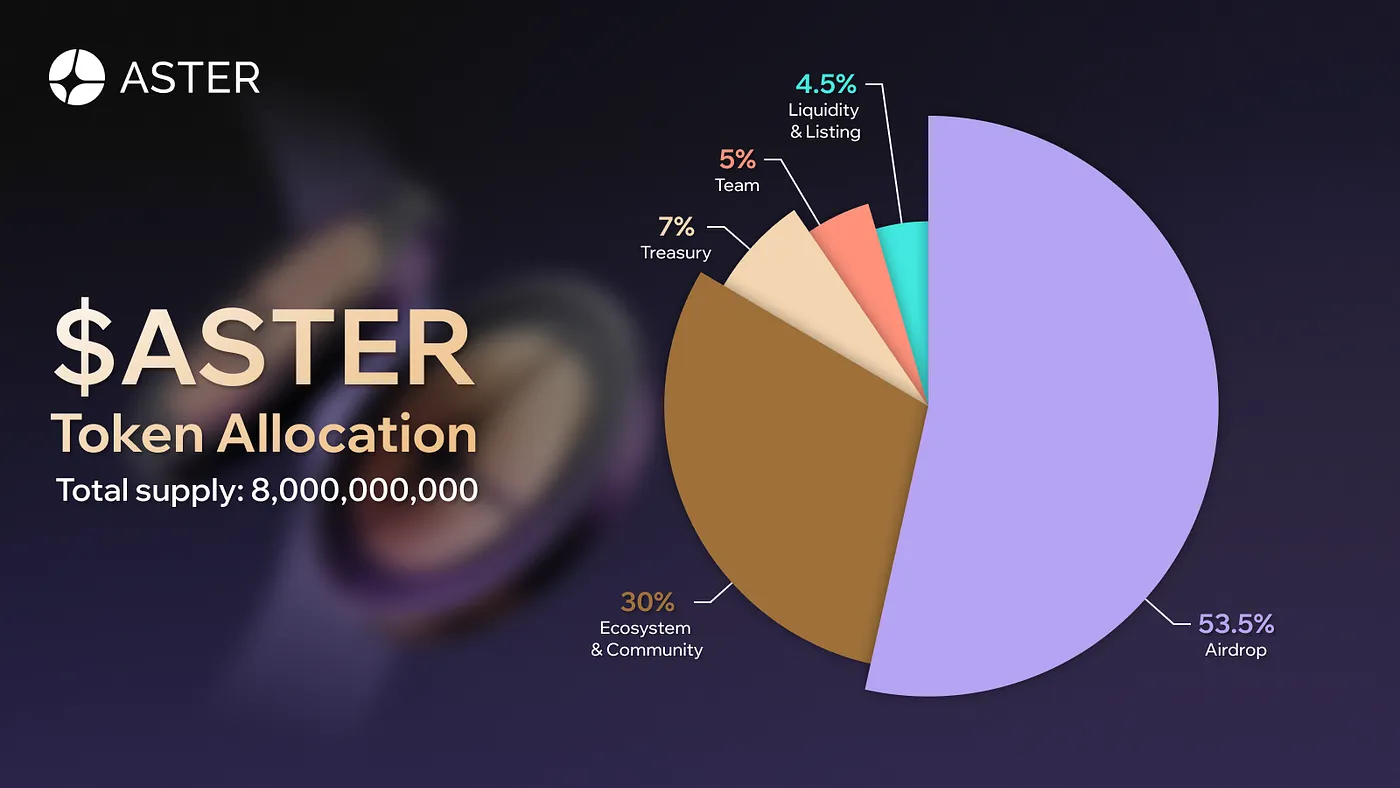
Aster DEX stands out with its innovative tokenomics: 53.5% of its native token is distributed via airdrop, and the remainder is released through a long-term vesting schedule. Aster DEX generates real yield by distributing weekly profits—derived from delta-neutral trading and diversified DeFi strategies—to asUSDF stakers, aligning rewards with platform activity.
-
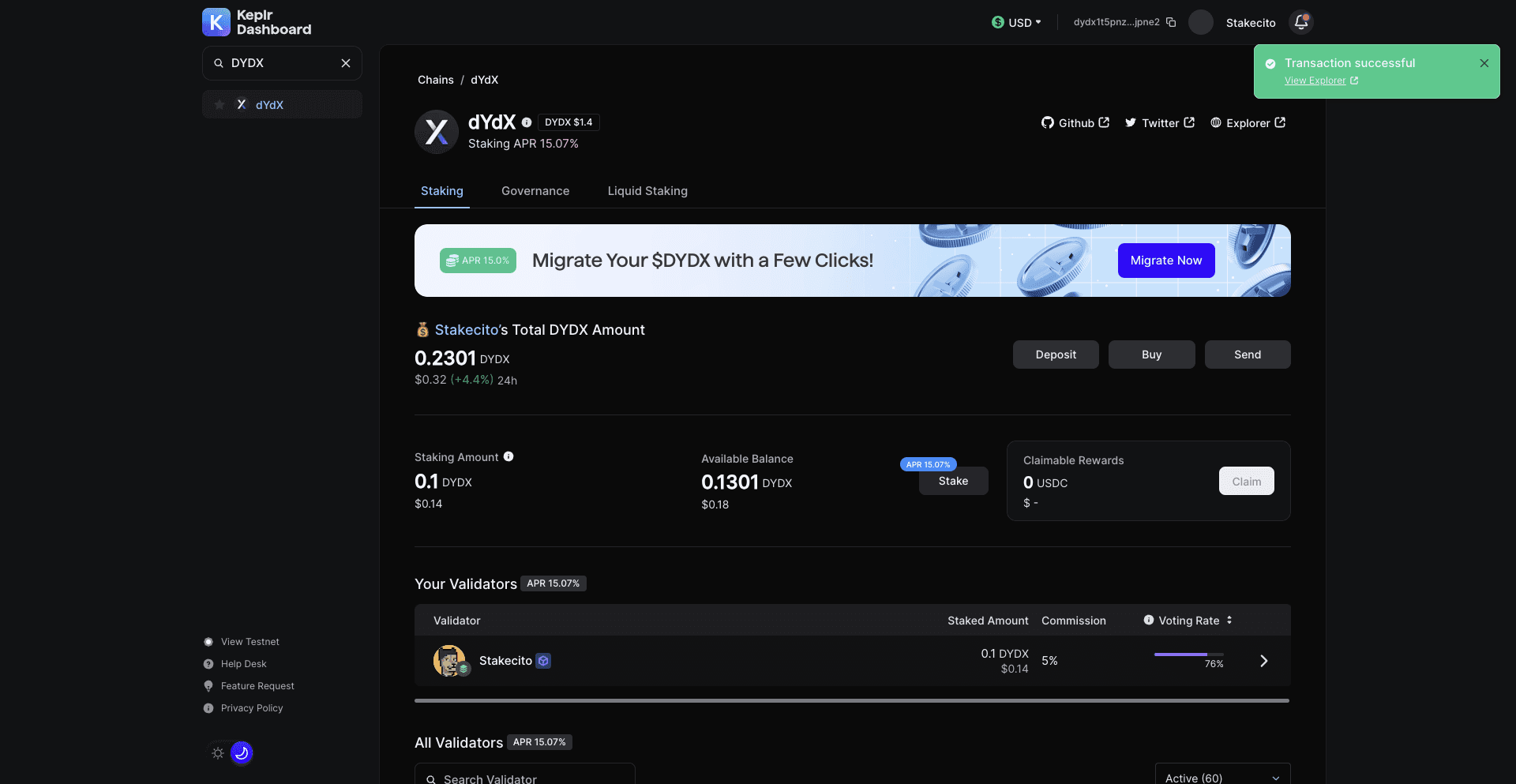
dYdX is a leader in real yield distribution, sharing a significant portion of protocol trading fees with DYDX token stakers. Stakers receive rewards in USDC, directly reflecting platform trading volume. This model incentivizes long-term engagement and aligns staker rewards with the protocol’s actual revenue.
-
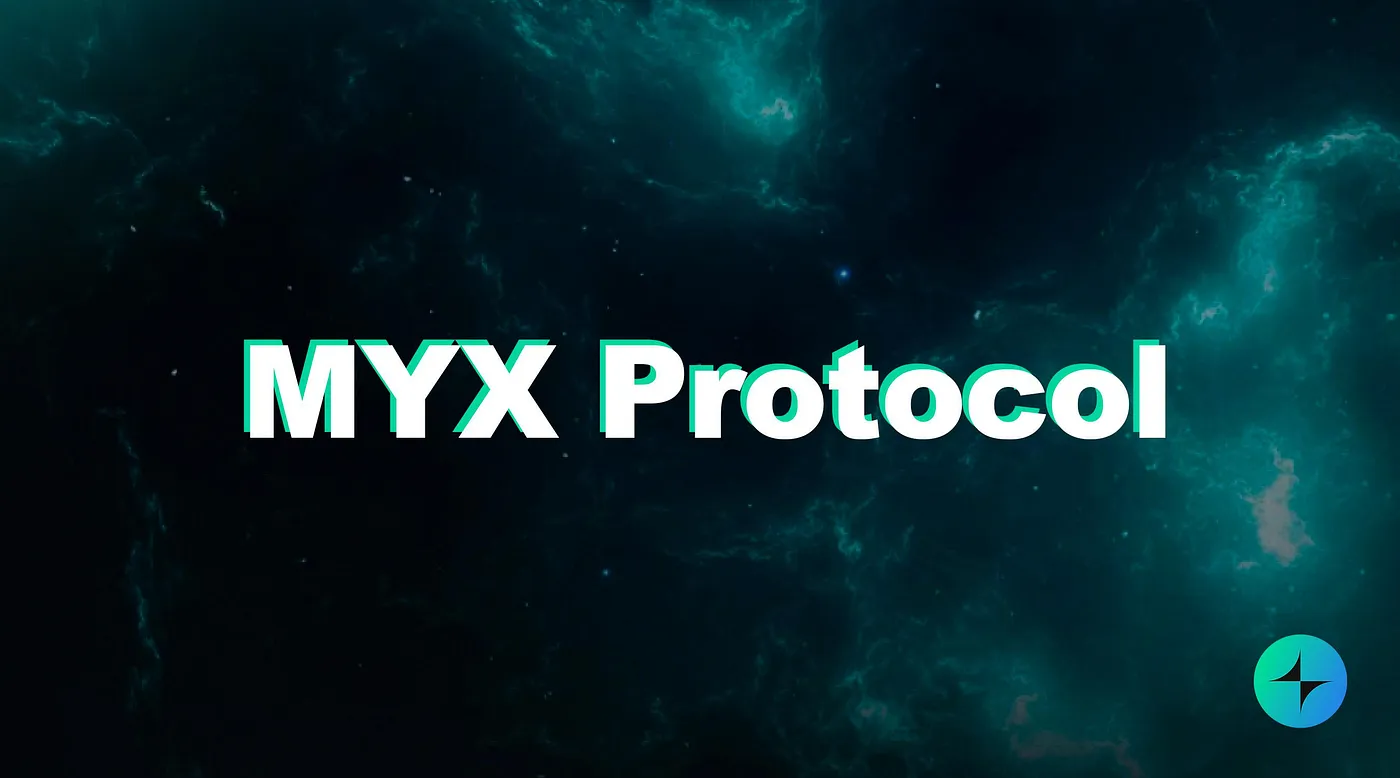
MYX Finance delivers real yield through a fee-sharing model that allocates a percentage of trading fees to MYX token stakers. The platform is designed to reward active participants, with yields funded by actual trading activity, ensuring that rewards are sustainable and tied to the protocol’s success.
dYdX has long been recognized for its transparent on-chain governance and robust staking incentives, while MYX Finance is carving out its niche by experimenting with dynamic reward curves based on platform usage metrics. Both platforms push the boundaries of what’s possible in perpetual DEX reward design, and we’ll dive deeper into their mechanics in Part Two of this article series.
Let’s zoom in on the mechanics and why these models are capturing attention from both retail and institutional players. At their core, perpetual DEXs like Hyperliquid, Aster DEX, dYdX, and MYX Finance are rewriting the playbook for sustainable DeFi rewards. The days of unsustainable token emissions are fading; what matters now is how much real revenue gets back to token holders, and how protocols engineer alignment between growth and user loyalty.
Why Real Yield Is a Game-Changer for Perp DEX Native Tokens
Real yield means token holders receive rewards that come straight from platform-generated fees, not from inflationary emissions. This is critical for long-term value accrual and market confidence. Let’s break down exactly how each of our four featured Perp DEXs delivers real yield:
Perp DEX Fee Distribution Models Compared
-
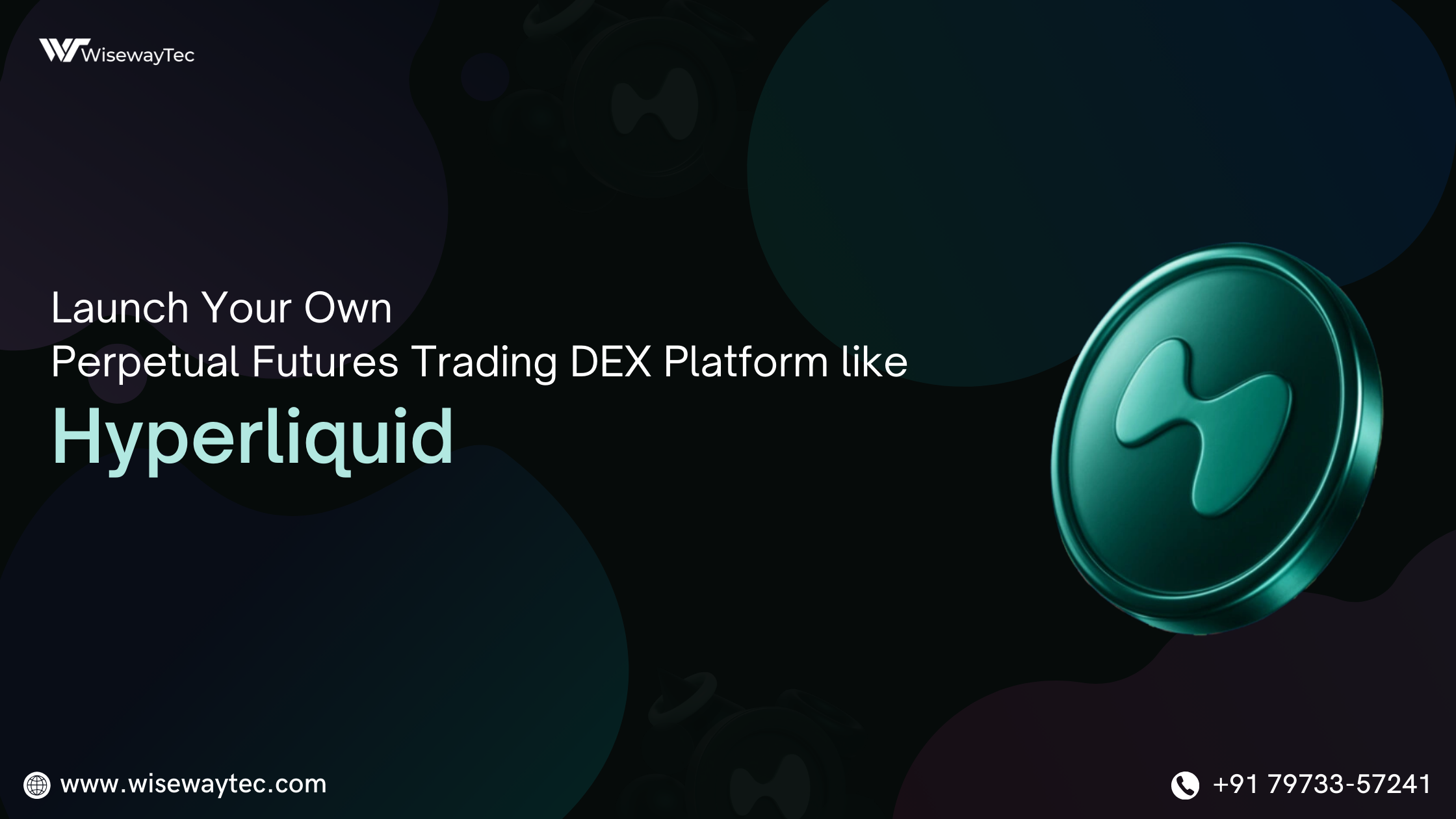
Hyperliquid: Hyperliquid stands out with its Builder fee-sharing system, distributing a portion of trading fees (up to 0.1% for perpetuals and 1% for spot trades) to builders and contributors. The platform also enables users to use yield-bearing assets like asBNB as margin, allowing them to earn a base yield of 5-7% while actively trading. This dual-yield approach aligns incentives for both liquidity providers and protocol developers.
-
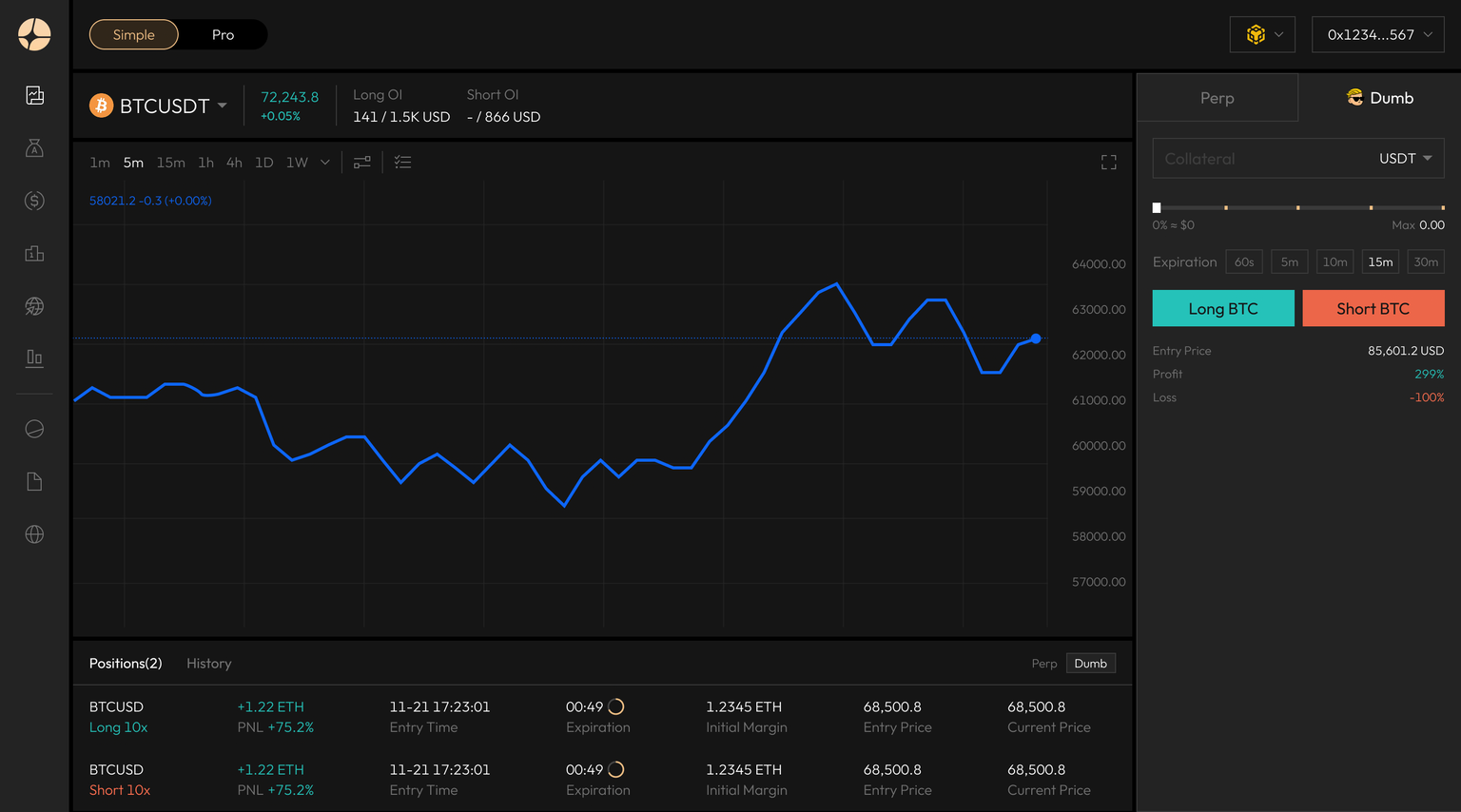
Aster DEX: Aster DEX employs a multi-layered fee distribution model. Weekly profits from delta-neutral trading and diversified DeFi strategies are shared with asUSDF stakers. Tokenomics allocate 53.5% for airdrops and 30% for ecosystem rewards, with vesting over 80 months. This structure rewards both early adopters and long-term participants, making Aster DEX a next-gen platform for sustainable yield.
-
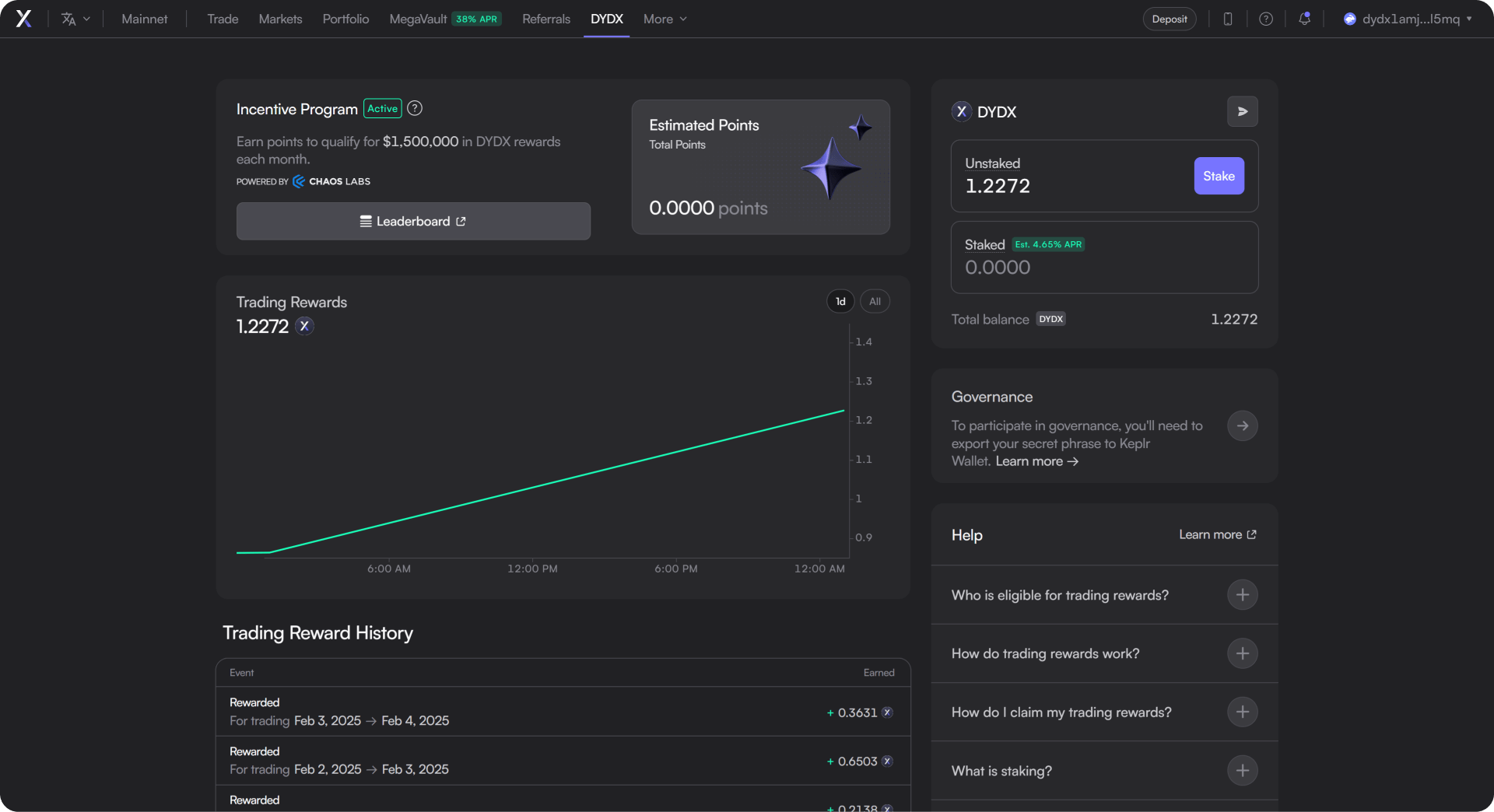
dYdX: dYdX distributes protocol trading fees to DYDX token stakers and validators. The model incentivizes active participation in securing the network and providing liquidity. Rewards are paid in USDC, offering a real-yield component that’s not dependent on inflationary token emissions. This approach has made dYdX one of the most trusted and liquid Perp DEXs in the market.
-
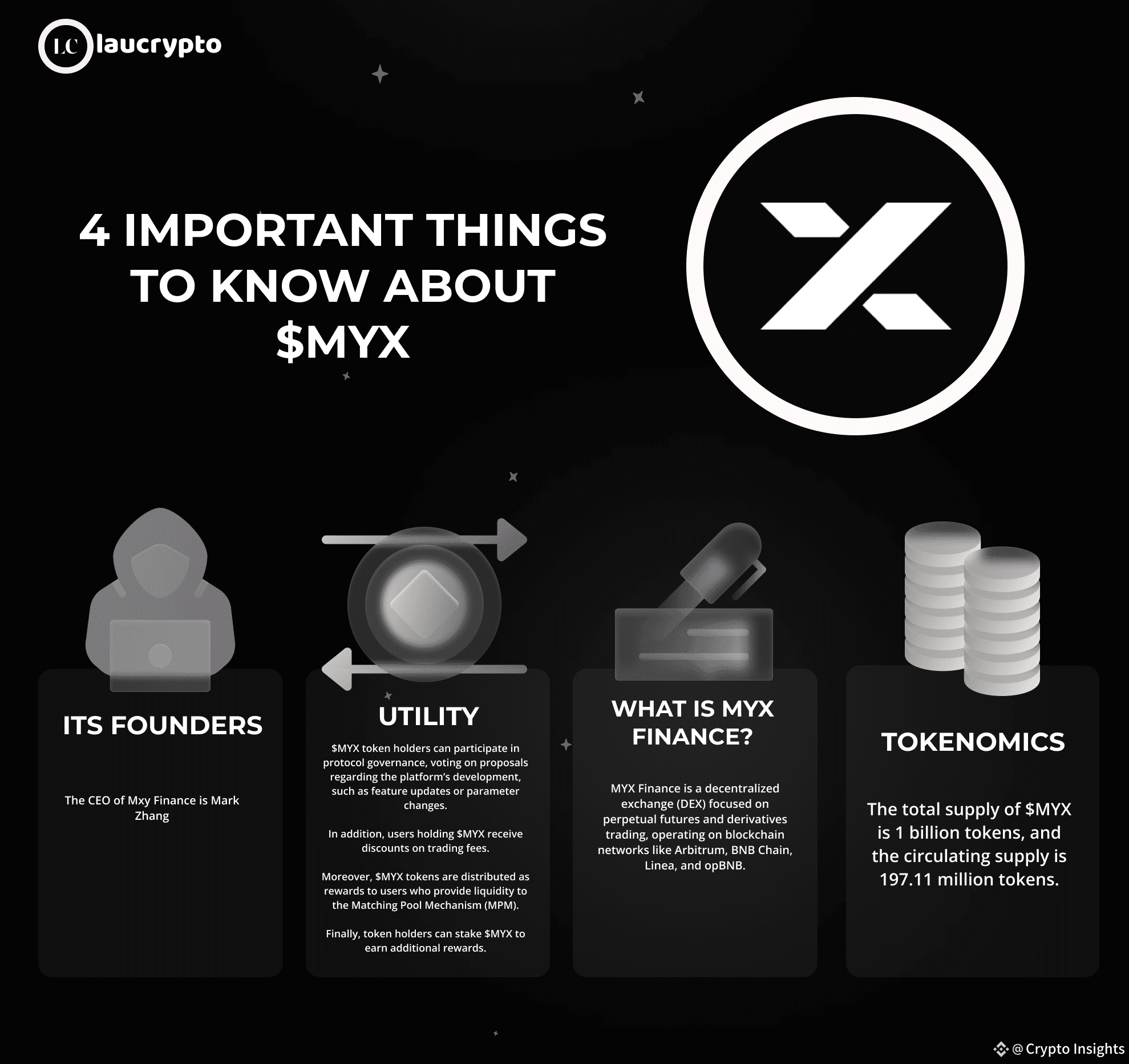
MYX Finance: MYX Finance integrates a fee-sharing mechanism where a portion of trading fees is distributed directly to MYX token stakers. The platform focuses on maximizing sustainable yield by combining trading fee redistribution with innovative DeFi strategies, ensuring that rewards are closely tied to actual platform activity and user engagement.
Hyperliquid: Dual Incentives Powering Growth
Hyperliquid’s model is unique because it rewards both builders (through its builder fee-sharing system) and stakers of the HLP token. The platform’s integration of yield-bearing margin assets, like asBNB with a 5-7% base APY, means traders can earn passive income even while actively trading. With TVL at $2.7 billion, this approach has proven attractive for power users seeking capital efficiency without sacrificing yield potential.
Aster DEX: Institutional-Grade Tokenomics
Aster DEX stands out by distributing weekly profits from delta-neutral trading strategies to asUSDF stakers, a move that ensures yields are always backed by actual protocol performance. The aggressive airdrop structure (53.5% to early adopters), paired with a slow vesting schedule, helps prevent short-term dumpage while aligning incentives across different user cohorts.
dYdX: Governance-Driven Rewards
dYdX, one of the OGs in decentralized perpetual trading, continues to refine its staking rewards model. By routing a significant portion of trading fees directly to stakers, and tying governance power to long-term lock-ups, dYdX creates an ecosystem where active participation is rewarded transparently. Its open governance framework also lets the community vote on fee splits and reward adjustments in real time.
MYX Finance: Dynamic Fee Redistribution
MYX Finance brings innovation with its dynamic reward curve: yields for MYX token stakers flex based on platform activity metrics such as volume spikes or liquidity depth changes. This means active periods see higher payouts, directly incentivizing users to participate during peak times, which can help smooth out liquidity cycles and drive consistent engagement.

The Big Picture: Aligning Incentives for Sustainable DeFi Growth
The shift toward sustainable perp tokenomics marks a new chapter for DeFi protocols aiming to attract serious capital. As more platforms compete on transparency and yield quality, not just hype, the focus will be on:
- Protocol Revenue: How much real-world value is generated through trading fees?
- User Alignment: Are rewards structured to benefit long-term participants or just short-term speculators?
- Ecosystem Health: Does the model foster ongoing development (builders) and robust liquidity (stakers)?
The answer increasingly lies in innovative fee distribution models like those pioneered by Hyperliquid, Aster DEX, dYdX, and MYX Finance.
Pushing Toward Institutional Adoption, and Beyond
The bottom line? If you’re hunting for real yield in DeFi right now, look past simple APR numbers and dig into how those returns are generated. Platforms that tie rewards directly to protocol usage, not just inflation, are best positioned to survive regulatory scrutiny and attract institutional flows looking for transparent revenue streams.
This isn’t just theory, it’s playing out live as we watch TVL numbers climb (Hyperliquid at $2.7 billion), innovative staking mechanics roll out across new launches like Aster DEX, and established giants like dYdX iterate on governance-led reward tweaks. For traders willing to do their homework on tokenomics design, there’s never been a better time to scout out sustainable perp DEX opportunities.


